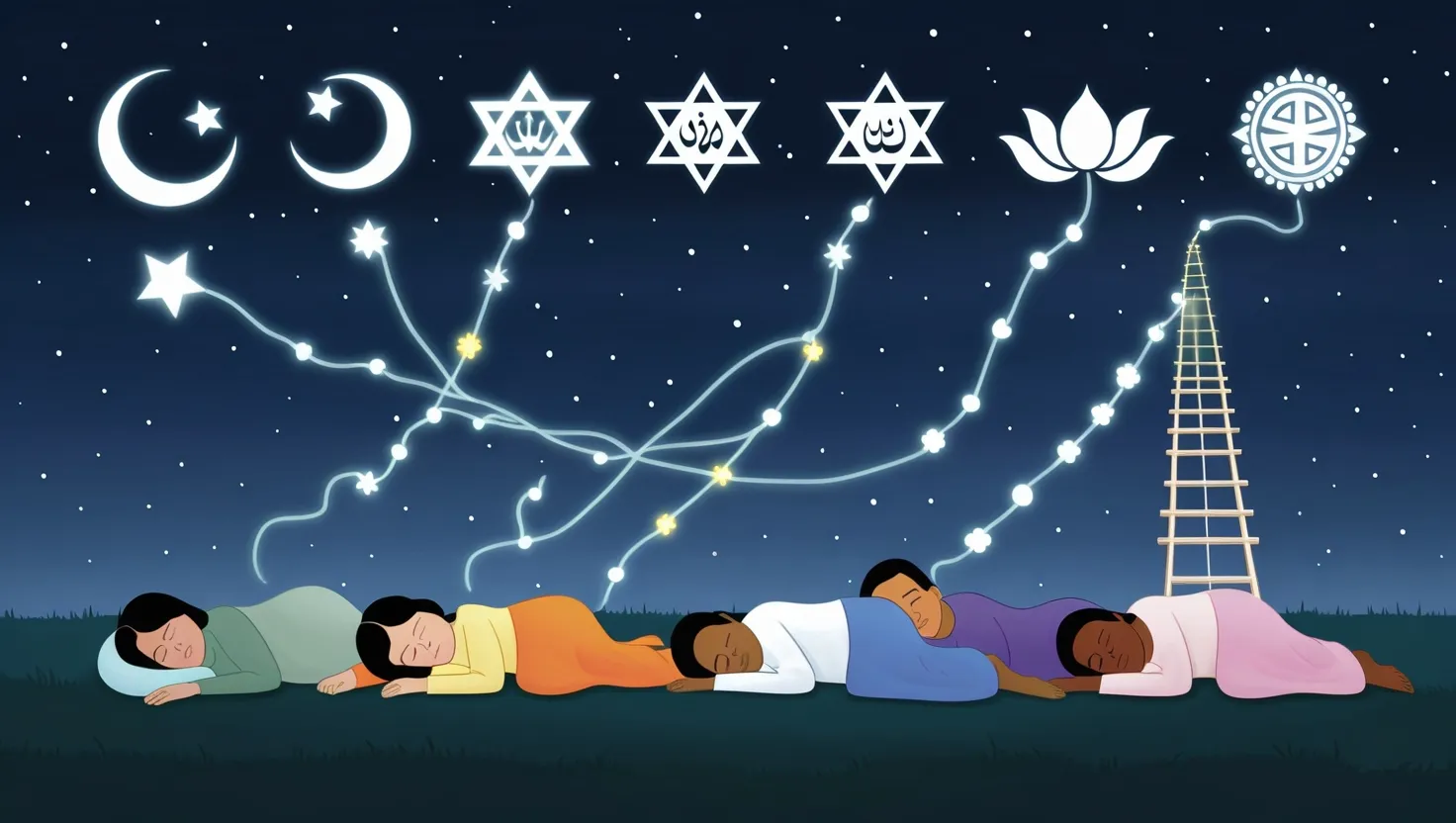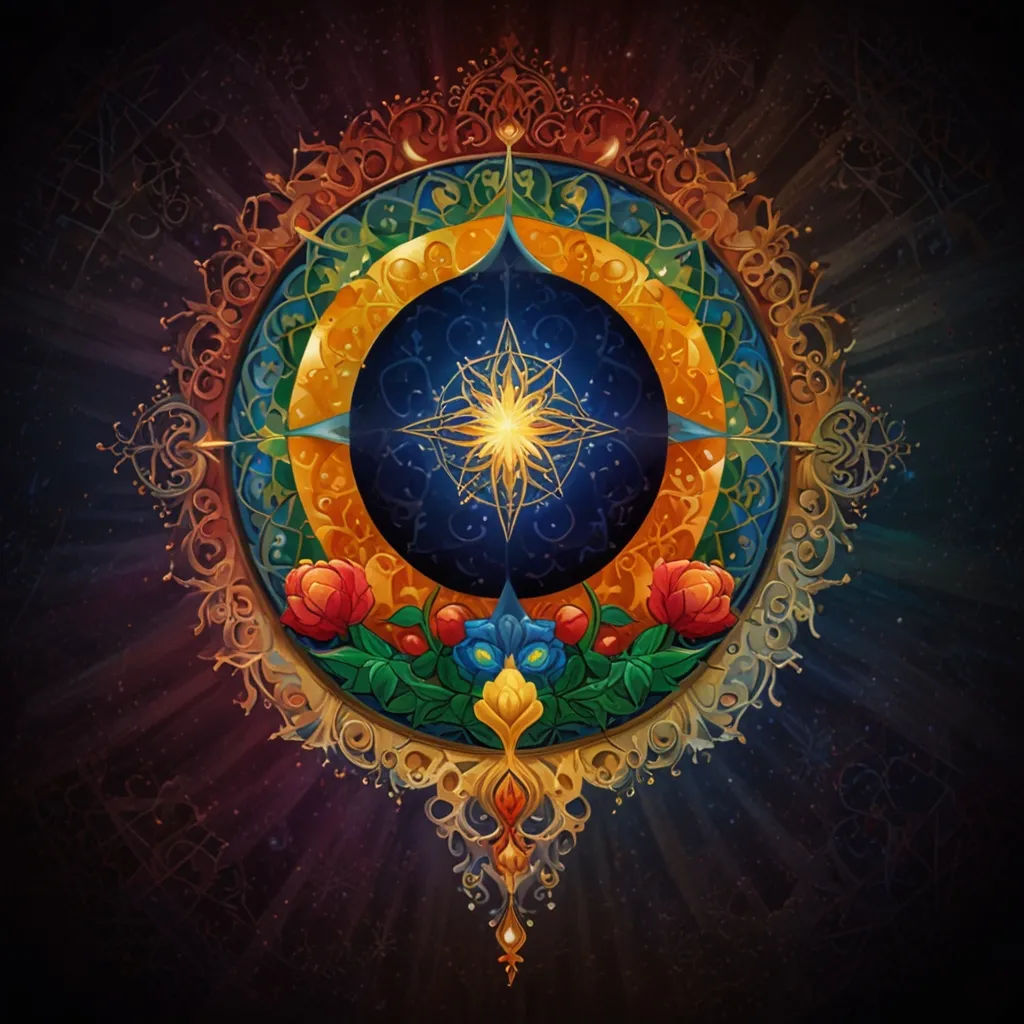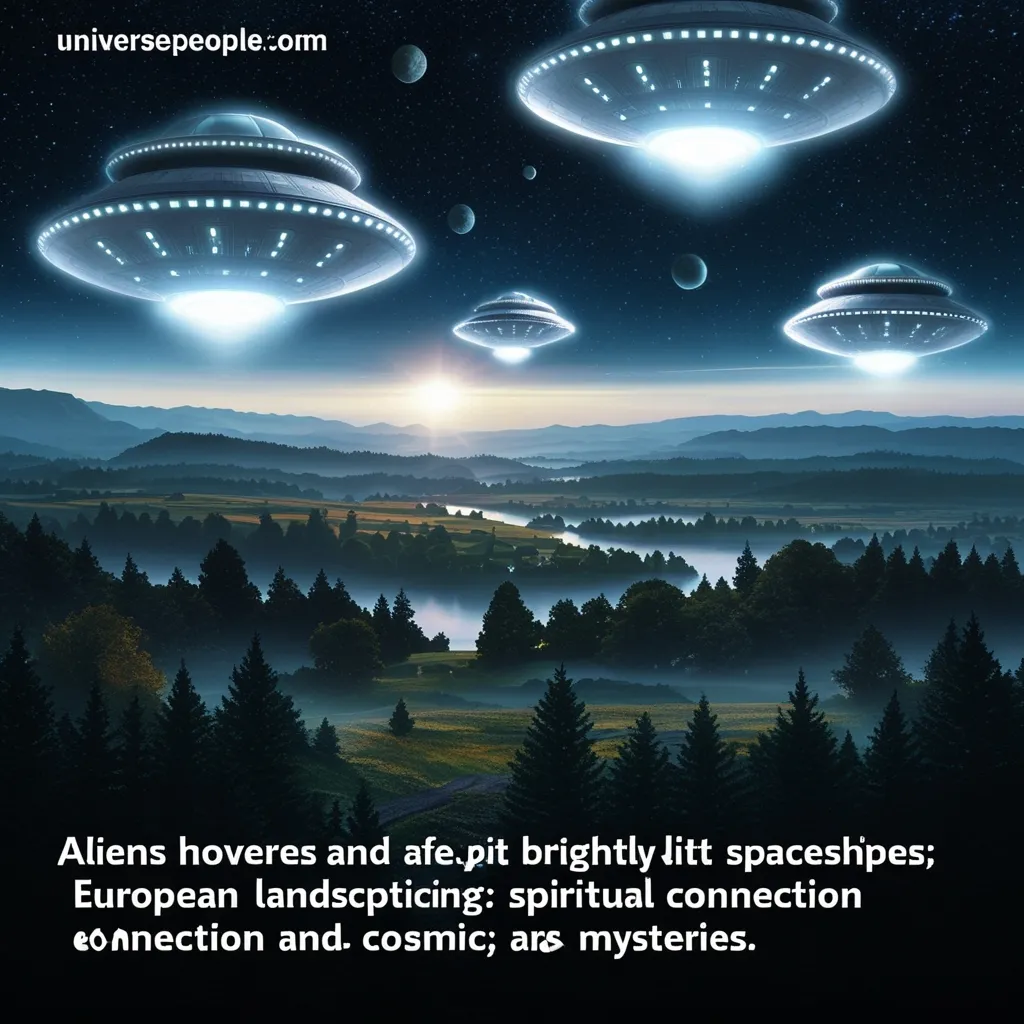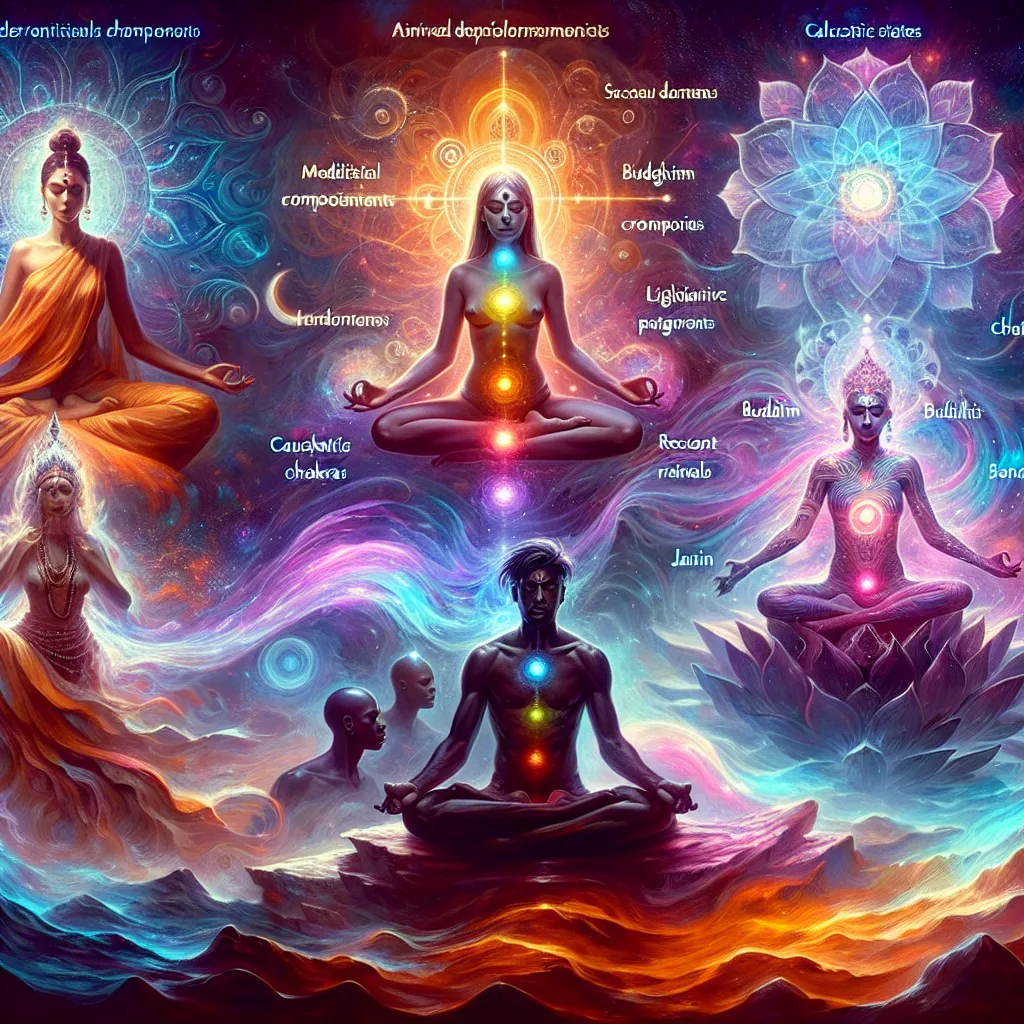Ever wondered why a fleeting image or a surreal adventure in your sleep can tug at you long after dawn? I think about that too. The mystery of dreams—why they happen, what they mean, and more importantly, whether the night’s visions hold any guidance for us—is an idea as old as humanity itself. Across the globe, different faiths have explored this nighttime theater, searching for meaning and instruction. Let’s step into five very different traditions and see what we might discover about ourselves—maybe you’ll find an echo of your own nighttime journeys along the way.
I often start with Islam because of how meticulously it frames dreaming. There’s a deep reverence in the idea that some dreams are not mere chance, but messages. Islam draws clear boundaries: true dreams (ru’ya) are believed to be a kind of spiritual telegram, dispatched from the divine for those who listen closely and live upright lives. Others are considered echoes of everyday thoughts, while nightmares—a category as old as fear itself—are seen as invasive, best ignored and unshared. What fascinates me is the discipline around interpreting dreams: only the wise and righteous are encouraged to attempt it. Have you ever wondered if your own dreams might be more than random echoes of your day, perhaps signaling something beyond yourself?
“Dreams are the seedlings of realities.”
— James Allen
In Jewish life, dreams have wove themselves into the very fabric of scripture and daily ritual. The story of Jacob—his ladder stretching to heaven—illustrates how even in fitful sleep, one can stumble upon the holy. The Talmud doesn’t leave dream interpretation up for grabs, though. It provides rituals—like fasting after a particularly upsetting dream—and insists that dreams, while sometimes prophetic, are rarely crystal clear. They’re often tangled with hints, warnings, and reflections of daily anxiety. It’s a view woven of hope and caution, where even a troubling dream can become an invitation to self-examination or prayer. It reminds me of moments when I’ve woken up unsettled and wondered whether to simply shake it off or look deeper.
Have you ever experienced a dream that felt more like a message than a memory? What did you do with it?
Buddhism, particularly the Tibetan tradition, brings a fresh twist. Instead of seeing dreams as windows into the divine or the future, dream yoga treats sleep as a training ground for consciousness itself. Here’s where it gets interesting: Tibetan monks practice becoming aware that they’re dreaming (something modern psychology calls lucid dreaming)—not as a party trick, but as part of their spiritual path. They believe that by remaining conscious in their dreams, they gain insight into the fundamentally changeable nature of reality; everything is illusion, both by night and by day. When I reflect on nights where I was dimly aware, “This is a dream,” I wonder: was I taking a tiny step into an ancient meditation?
“All that we see or seem is but a dream within a dream.”
— Edgar Allan Poe
Turn to Indigenous Australian wisdom, and you find something radically different. Dreams are not an escape or a puzzle to solve, but a bridge. The space known as Dreamtime is a timeless, ongoing creation. Dreaming connects individuals to ancestors, to the land, and to the living stories of their people. In these traditions, dreams aren’t boxed away as “mere” figments. They are instructions, reminders, and maps—sometimes even literal, guiding someone to water or a sacred site. I find it powerful to think of dreaming as taking part in something continuous and shared, tying my solitary night visions to generations before me.
How would your understanding of yourself change if you believed your dreams were shared echoes from your ancestors, not just private nighttime movies?
Christian history has an uneasy relationship with dreams—sometimes open, sometimes skeptical. On one hand, the Bible is packed with midnight encounters with angels, prophetic warnings, and guidance delivered while the characters slumbered. Joseph famously trusted in his dream-born instructions, changing the course of his life and family. Yet, as centuries rolled on, parts of the Christian world became wary. Dreams could be holy, yes, but also possibly misleading or even dangerous if put above scripture or personal discernment. I’m always struck by how discernment is emphasized—maybe it’s a recognition that, while dreams can illuminate, they’re just as likely to confuse.
“I have noticed that even people who claim everything is predetermined and that we can do nothing to change it, look before they cross the road.”
— Stephen Hawking
The way religions engage with dreams reveals a universal human instinct: to seek meaning, whether from God, the subconscious, or the land itself. Yet, each tradition handles the ambiguity in a way that suits its particular worldview. Where one tradition may urge caution, another might encourage active participation. Where some see dreams as private, others invite the entire community to share in their wisdom.
Little-known elements keep me curious. Did you know that in medieval Europe, certain monasteries actively collected and interpreted dreams of both monks and laypeople, believing them to be messages for the community at large? Or that ancient Egyptians considered some dreams so important that professional interpreters were kept at royal courts? These approaches challenge our often individualistic sense of dream interpretation. Sometimes, understanding a dream wasn’t just a private endeavor—it was communal work.
Have you ever shared a dream with others, only to see its meaning shift as others weigh in? How might our current culture change if we treated dreams as public art, not just personal riddles?
In today’s world, medical science often breaks dreams down into three categories: random brain noise, processing of daily experiences, or expressions of unresolved psychological tension. Yet, the urge to find significance persists. Scientific research has uncovered that our brains may actually be more active during dream sleep than when awake—a compelling reminder that something intricate is at work. Even in modern psychology, some therapists encourage dream journals, reflection, and looking for hidden connections between dream stories and waking problems.
“Who looks outside, dreams; who looks inside, awakes.”
— Carl Jung
What I find most fascinating is how these religious ideas on dreams push us to ask: Is my experience just a string of neural firing, or does it mean more? Each tradition offers tools, rituals, and philosophies not only to interpret dreams, but also to protect against nightmares, to seek healing, and to prepare for major life changes. Some believers fast, others pray, some meditate, or perform rituals involving sacred objects. The tools can differ, but the purpose often overlaps—finding guidance, courage, or clarity for life’s path.
And yet, skepticism always lingers. Even ancient traditions were not universally convinced that dreams carry meaning. Talmudic writers warned that not every dream deserves interpretation; some are best forgotten. Likewise, in Tibetan lore, practitioners know the danger of becoming “caught” in illusions, mistaking dreams for reality.
Every time I wake up with a sense of urgency or insight from a dream, I’m left wondering if I’m standing at the intersection of biology and the divine, science and spirit, the past and the present.
So when you next dream—whether it’s a strange journey or a comforting presence—pause. Ask: To whom does this story belong? Is it echoing ancient voices, whispering personal truth, or both? Could the dream hold a clue, a comfort, or a challenge for your life right now?
What role do you let dreams play in the daylight hours? Are they quickly dismissed, or carefully folded into your understanding of yourself? Maybe there’s value in treating dreams, if not as roadmaps, then at least as mirrors—fragmented, imperfect, but sometimes shining with unexpected light.
“If you can dream—and not make dreams your master…”
— Rudyard Kipling
Perhaps, in the end, it’s less about finding a single “correct” approach, and more about exploring the many languages humans have used to engage with the world behind their eyelids. Whether dreams are random, sacred, or somewhere in between, the nighttime mind remains one of humanity’s oldest teachers—and each night offers a fresh lesson, if we’re willing to listen.






